At the beginning of September, Apple introduced a new line of Apple iPhones. Again, it was a quartet of phones, divided into two categories – basic and Pro. It is the iPhone 14 Pro (Max) that enjoys enormous popularity. Apple boasted a number of interesting innovations with it, led by the removal of the cutout and its replacement by Dynamic Island, a more powerful Apple A16 Bionic chipset, an always-on display and a better main camera. After years, Apple finally increased the resolution of the sensor from the standard 12 Mpx to 48 Mpx.
It could be interest you
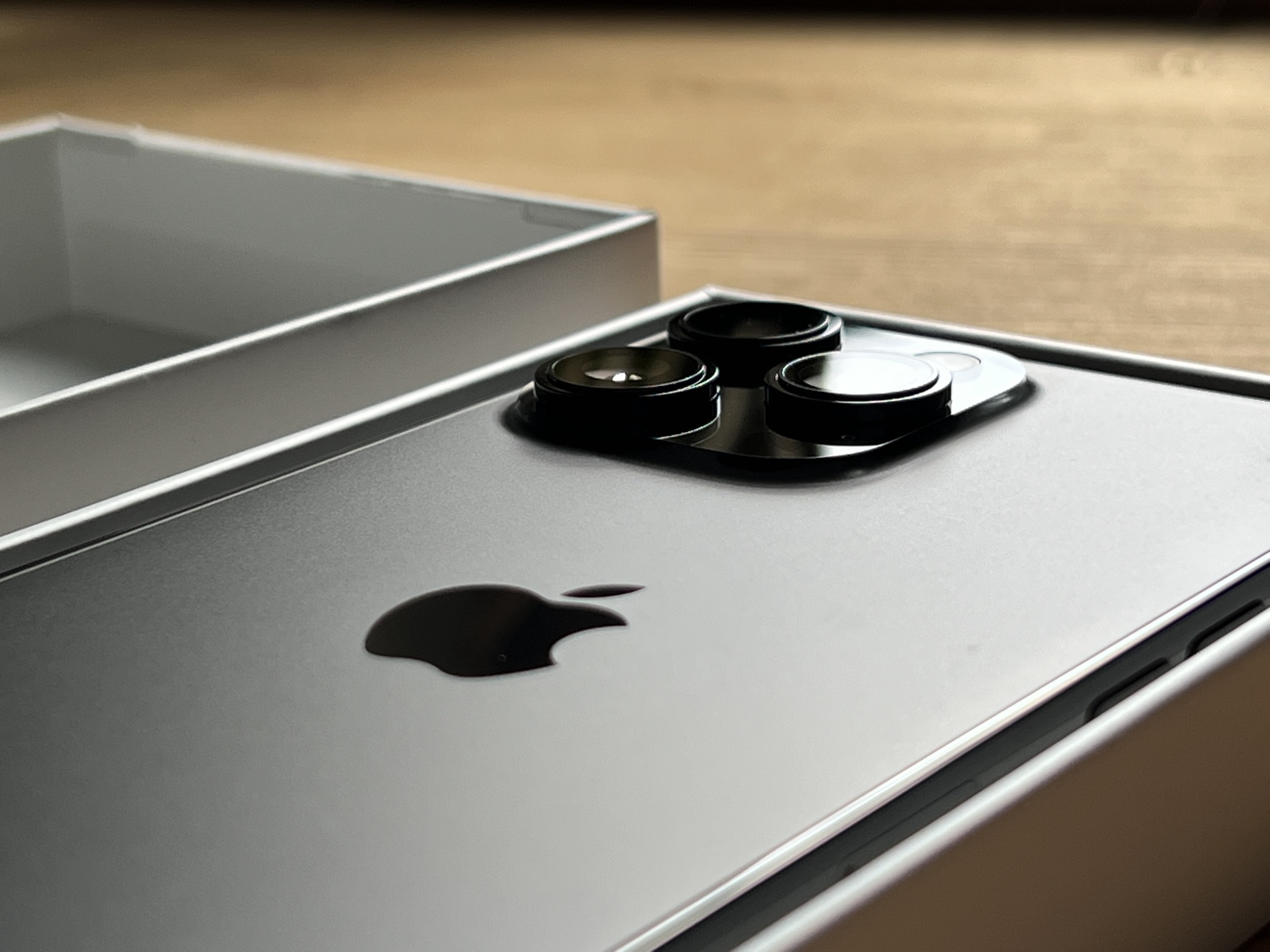
It is the new rear camera that is getting a lot of attention from the public. Apple has once again managed to raise the quality of photos several steps forward, which is currently something that users value the most. It is no coincidence that mobile phone manufacturers have been focusing on the camera in recent years. But another rather interesting discussion related to storage opened up around it. iPhones start with 128GB of storage, and logically larger photos must take up more space. And that was (unfortunately) confirmed. So let's compare how much space the 48MP photos from the iPhone 14 Pro take up compared to the Samsung Galaxy S22 Ultra and its 108MP camera.
How 48Mpx photos work
But before we start the comparison itself, it is important to mention one more fact. With the iPhone 14 Pro (Max), you can't just take photos at a resolution of 48 Mpx. This is only possible when shooting in ProRAW format. But if you choose traditional JPEG or HEIC as the format, the resulting photos will be 12 Mpx by default. Thus, only the mentioned professional format can utilize the full potential of the lens.
How much space do the images take up?
As soon as the new iPhones got into the hands of the first reviewers, the news about how much space 48Mpx ProRAW images take up literally immediately flew around the Internet. And many people were literally blown away by this figure. Right after the keynote, the YouTuber shared an interesting piece of information – she tried to take a photo in ProRAW format with a 48MP camera, resulting in a photo with a resolution of 8064 x 6048 pixels, which subsequently took up an incredible 80,4 MB in storage. However, if you took the same picture in the same format using a 12Mpx lens, it would take up three times less space, or around 27 MB. These reports were subsequently confirmed by developer Steve Moser. He examined the code of the final beta version of iOS 16, from which it became clear that such images (48 Mpx in ProRAW) should occupy approximately 75 MB.
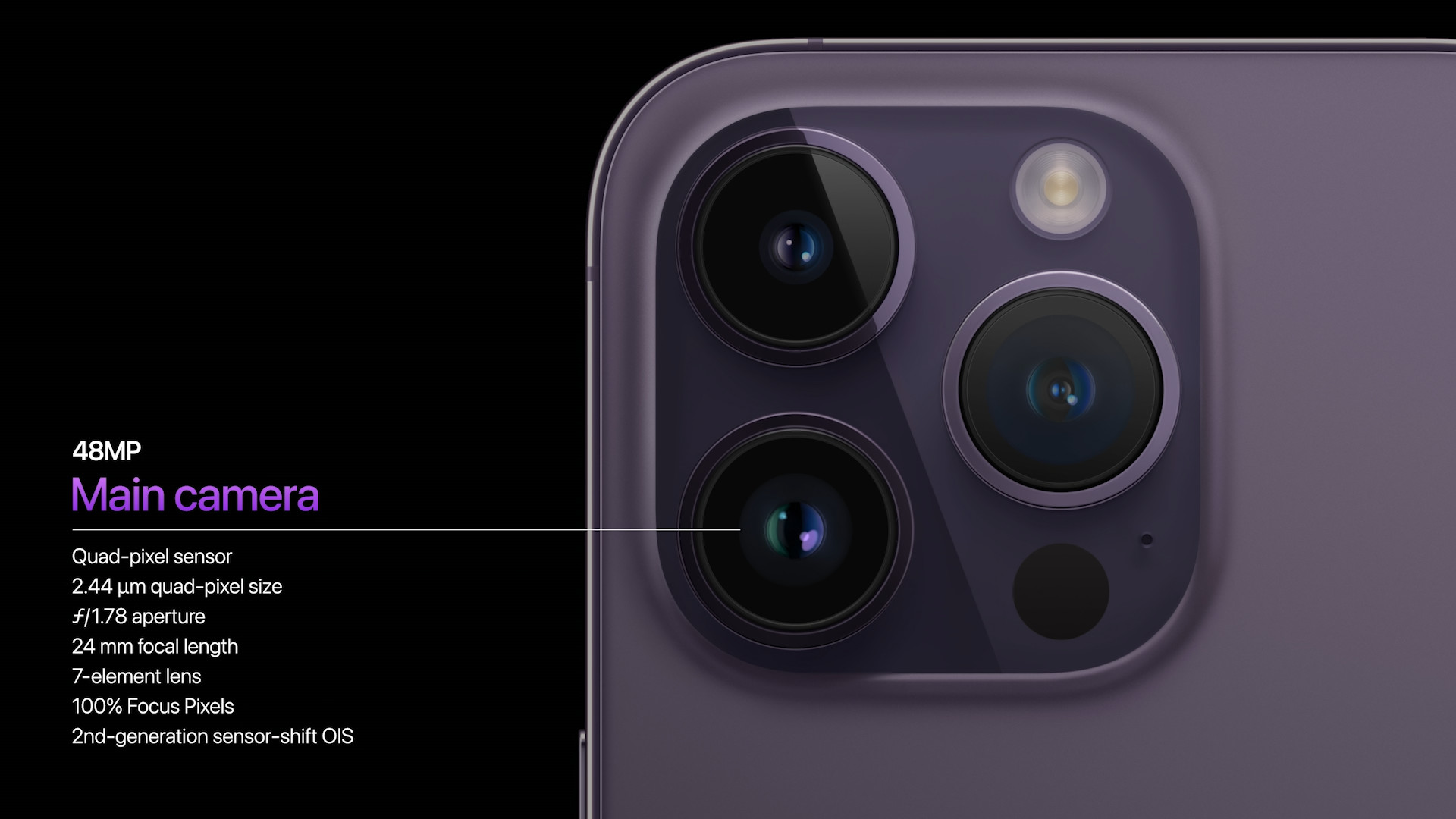
So, one thing follows from this - if you want to use your iPhone mainly for photography, you should be equipped with a larger storage. On the other hand, this problem does not affect every apple grower. Those who take photos in the ProRAW format are those who know very well what they are doing and calculate the resulting photos very well with a larger size. Ordinary users do not have to worry about this "disease" at all. In the vast majority of cases, they will take photos in the standard HEIF/HEVC or JPEG/H.264 format.
It could be interest you

But let's take a look at the competition itself, namely the Samsung Galaxy S22 Ultra, which can currently be considered the main competitor of the new Apple phones. This phone goes a few steps further than Apple in terms of numbers – it boasts a lens with a resolution of 108 Mpx. However, basically both phones work practically the same. Although they are equipped with a main camera with a high resolution, the resulting photos are still not that great. There is something called pixel binning or combining pixels into a smaller image, which is therefore more economical and still able to provide first-class quality. Even here, however, there is no lack of opportunity for full use of the potential. So, if you were to take a photo in 108 Mpx via Samsung Galaxy phones, the resulting photo would then take up around 32 MB and have a resolution of 12 x 000 pixels.
Apple is losing
One thing is clearly evident from the comparison – Apple loses outright. Although the quality of the photos is the most important aspect, it is still necessary to take into account its efficiency and size. It is therefore a question of how Apple will deal with this in the final and what we can expect from it in the future. Do you think the size of the 48Mpx ProRAW photos plays such a crucial role, or are you willing to overlook this ailment with regard to the quality of the photos?
 Adam Kos
Adam Kos 
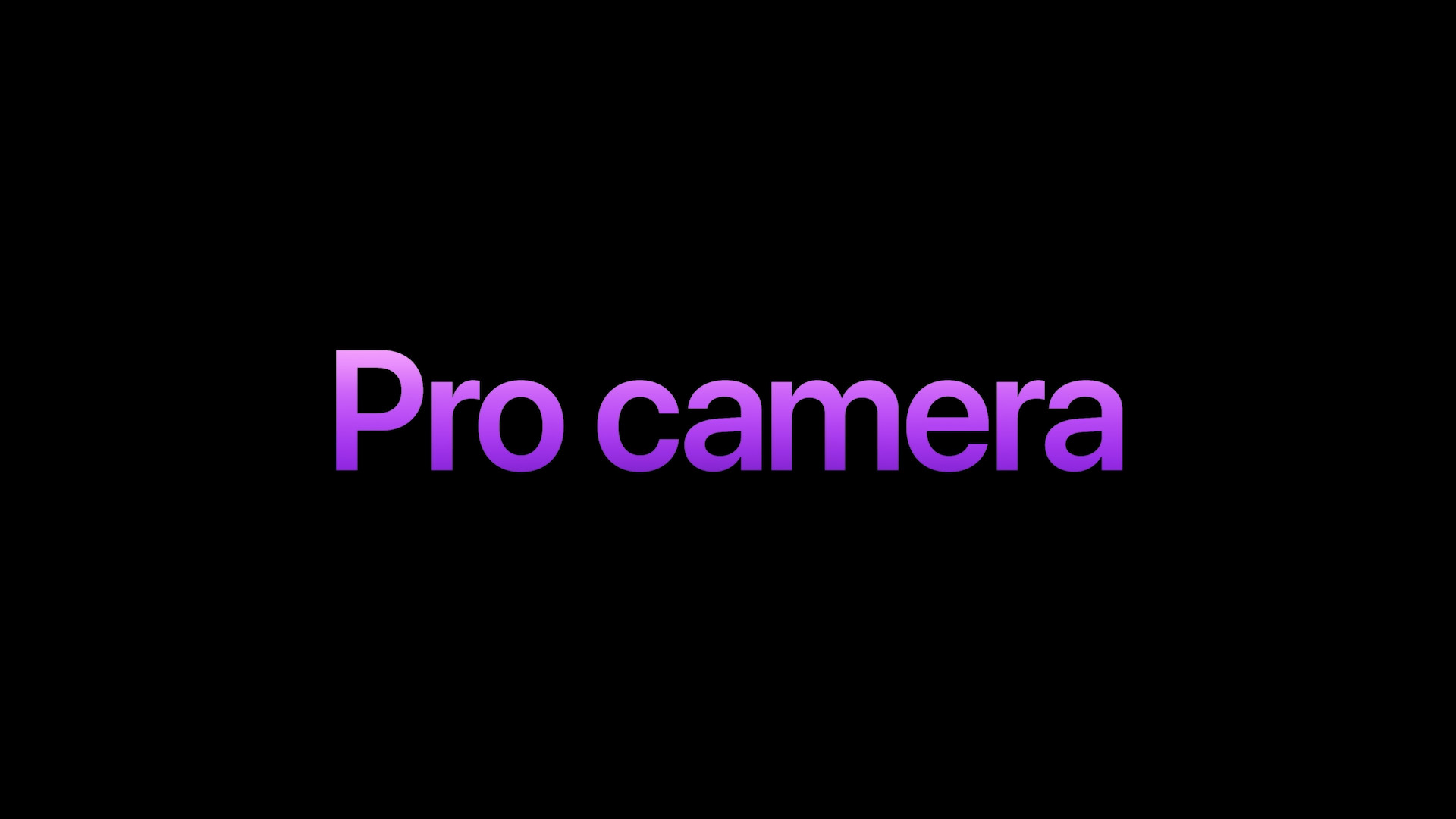
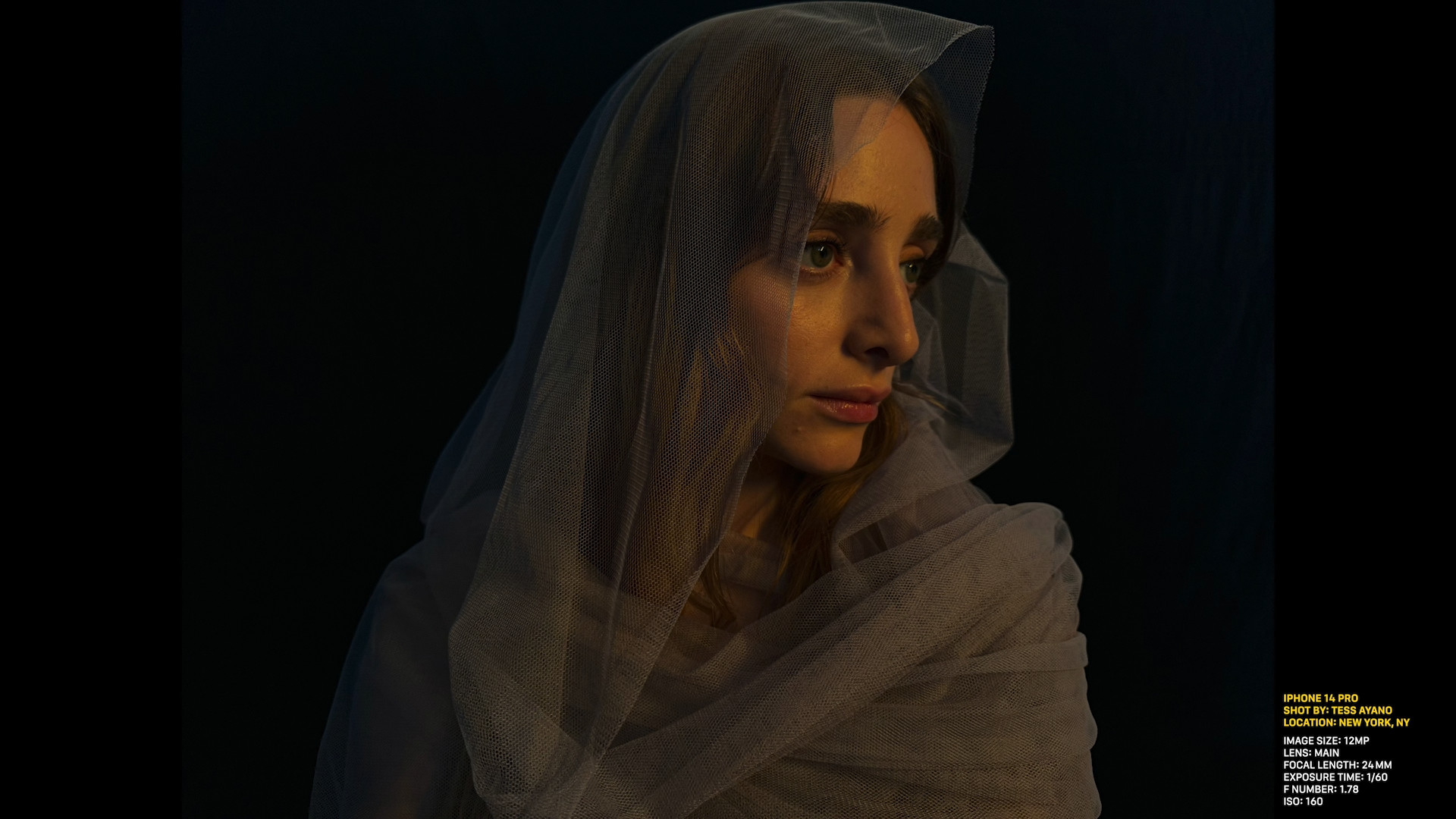


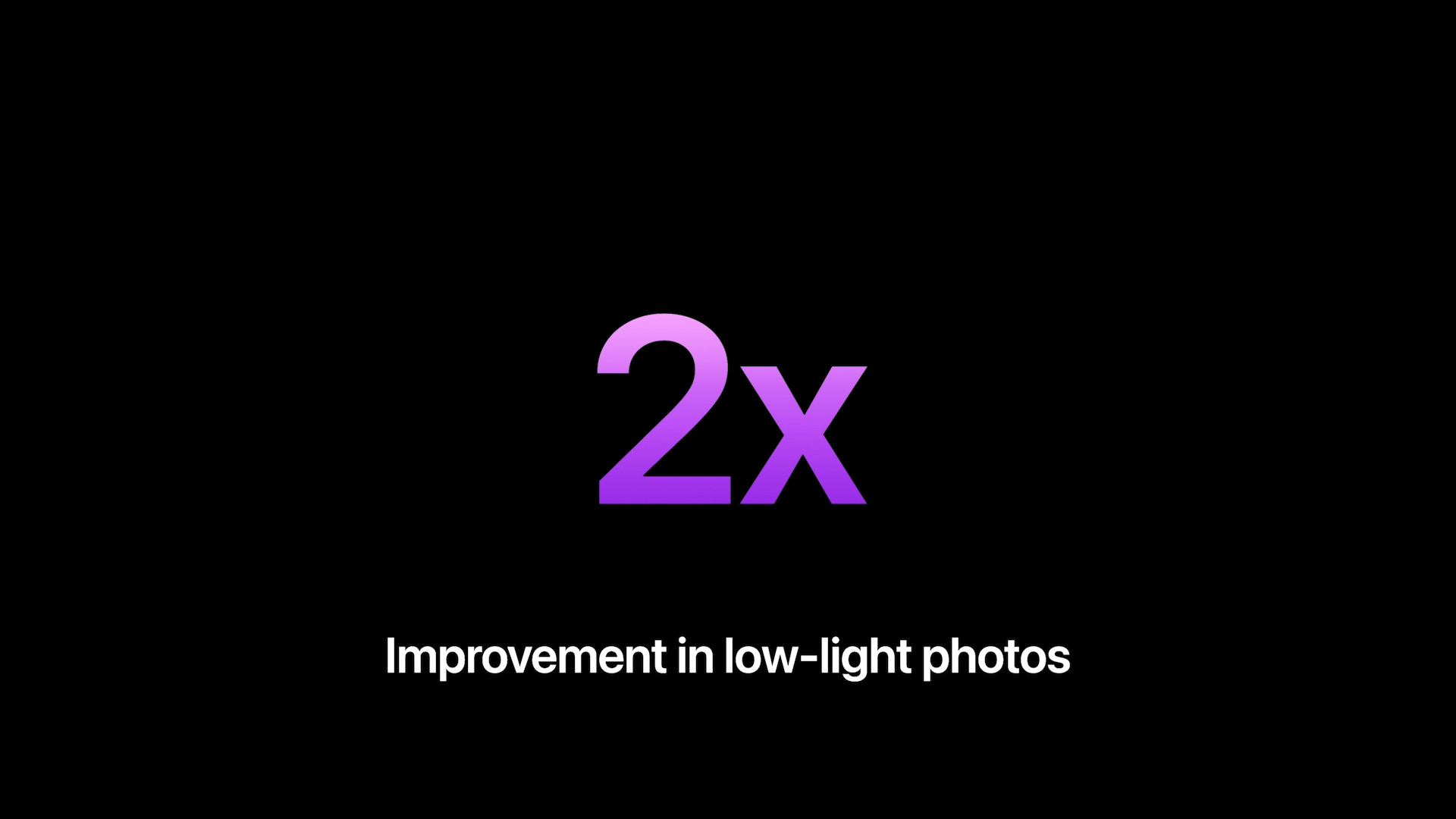


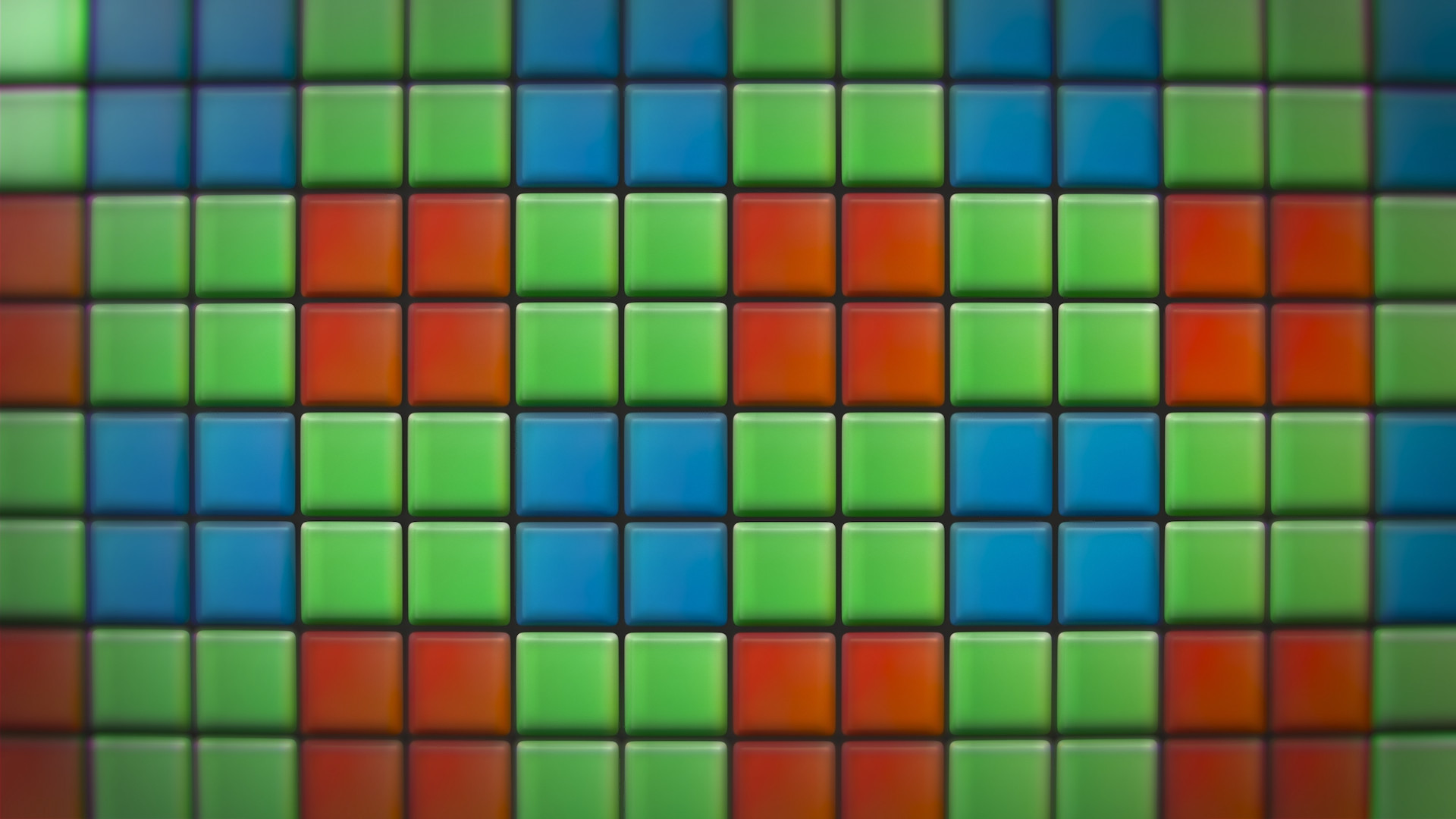

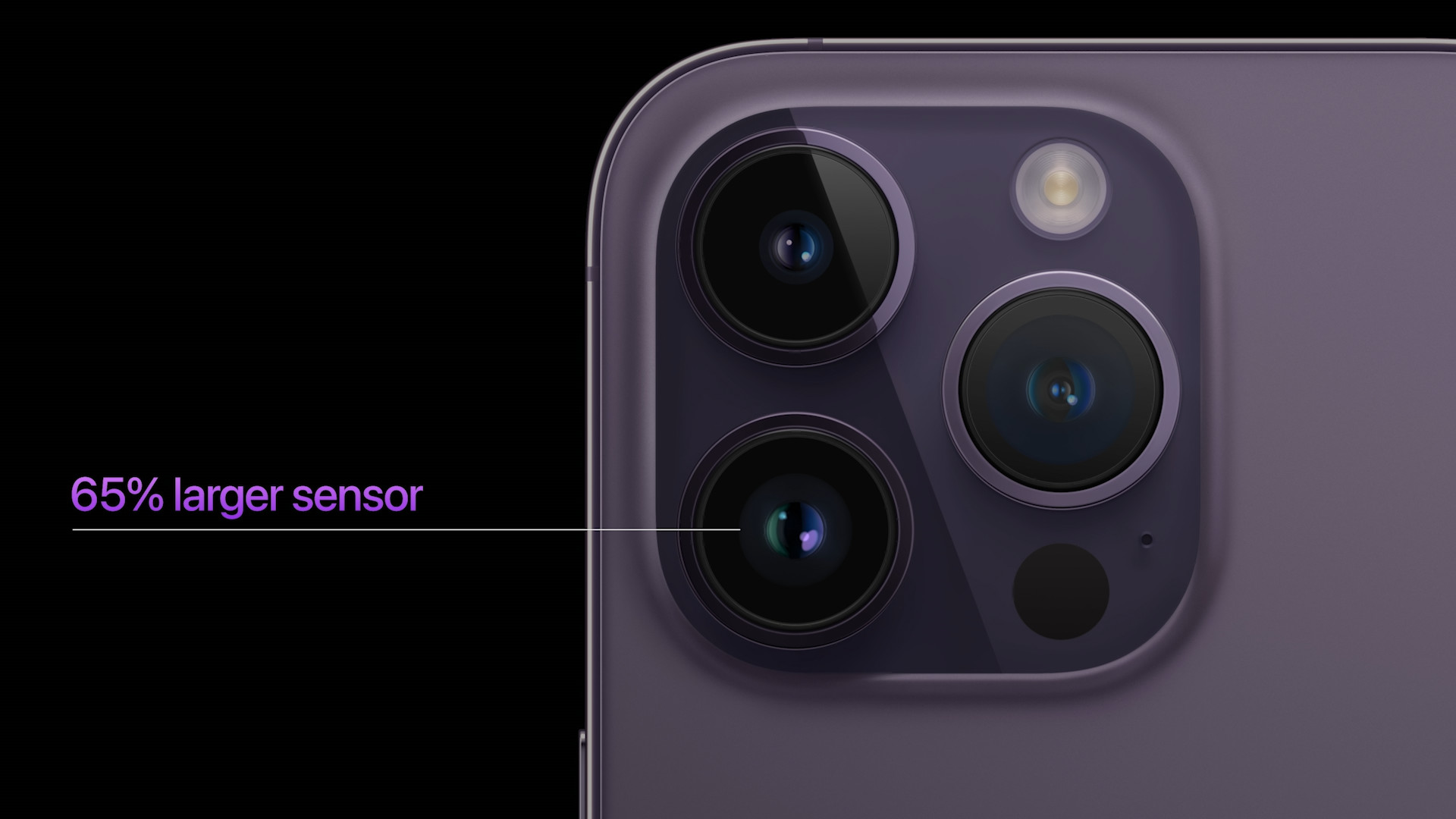
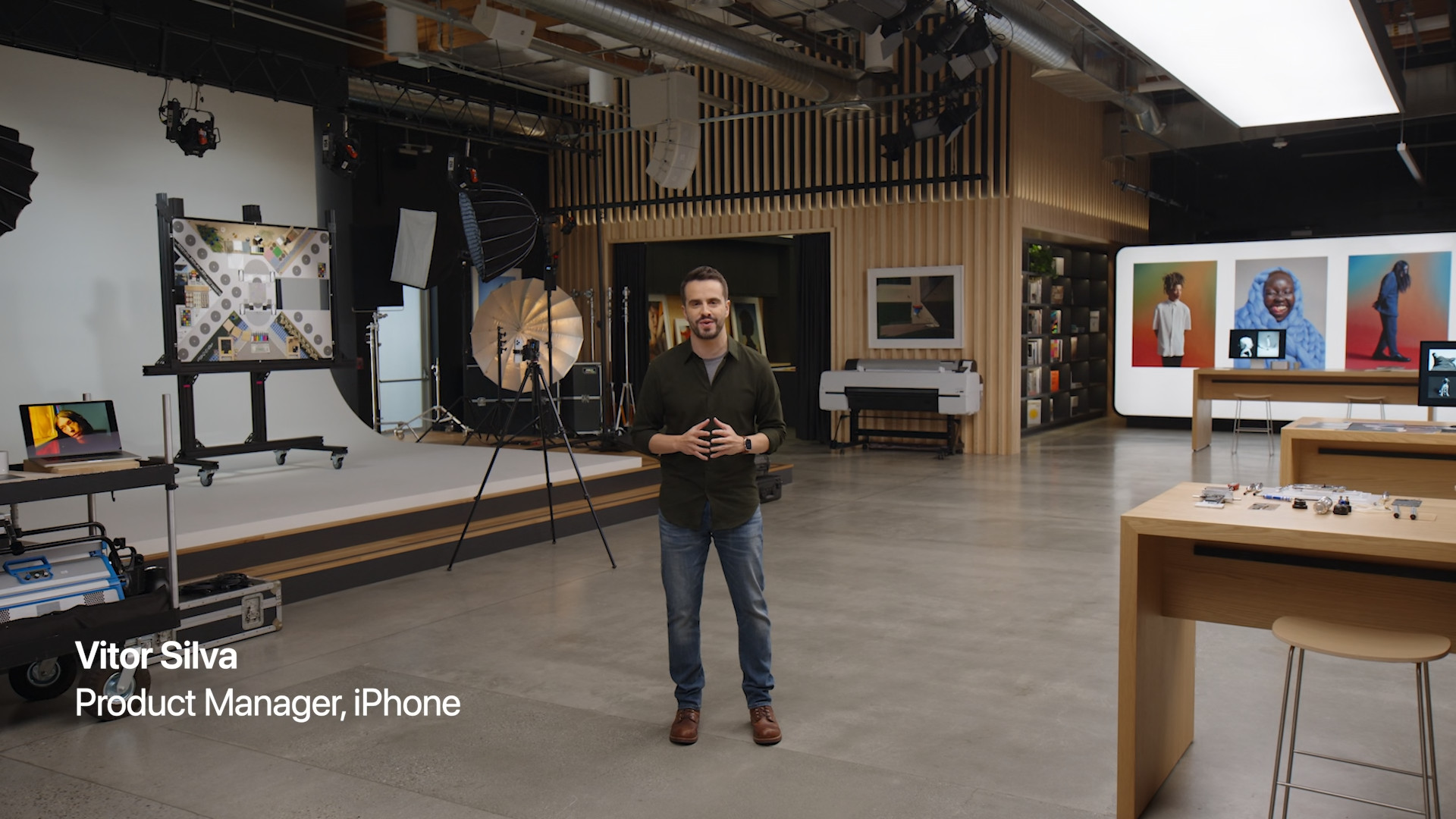
 Flying around the world with Apple
Flying around the world with Apple
I don't quite understand what the author of the article thinks Apple is losing. Apparently, this results from his ignorance and naivety. If I want as much information as possible in the image, then I probably won't be satisfied that the manufacturer compressed it to a smaller size, if the compression does not preserve 100% of the information. Can the author of the article calculate how big the resulting file must be?
Lukáš, but still there is a higher resolution with less storage in memory.
What is the result of the aforementioned compression? How else to explain a higher resolution with a smaller size of the resulting file than compression, i.e. the "loss" of some information? Of course, we still have methods such as deduplication, but we're probably talking about combining several images.
Exactly. In addition, the optics cannot be adjusted, and such a small lens simply cannot achieve such a resolution. If he could, manufacturers of photo equipment would not use expensive large lenses and large sensor chips
Lukáš, it's more like your ignorance... There are also lossless compressions that don't affect the quality. There is no need to defend outdated Apple technologies and look at apples a little critically...
I believe that lossless compression is not exactly Samsung's case, so the emphasis on this technology is somewhat out of place. Yes, and it follows from the verb flow = listed word after L = hard Y ;-)
It is not only the resolution that is important for editing, but mainly the amount of data, high resolution and little data = high compression = lousy photo
The point is that Apple cannot take photos in full 48 Mpx resolution in a standard format with compression - it can only take RAW, so the user has to do the post processing himself. In contrast, Samsun also takes photos in full resolution 108Mpx in standard format with compression, and if the user is a photographer and wants to do postprocessing himself, he can set that he wants to take photos in RAW, which the author did not do :) well, what can I say about that... in my opinion standard apple user :)
These formats are used by professional photographers, who will mostly not have an iPhone.. Otherwise, in general, as far as photos are concerned, my S22ultra takes photos similarly to the iPhone 13 pro max. Until it came to zoom, I got it on my bread and butter. I don't have a comparison with the new iPhone yet..
That makes sense, buy a new iP14 Pro for almost 35K, and then turn off the only advantage it had over the cheaper 13 Pro :D In my opinion, the iP14PRO should have started with 256GB, at that price and considering how much the photos take up.
I saw a "trick" somewhere, how someone takes pictures at 48MPx and then converts it to 12MPx via a shortcut, that it has better details than if he took pictures directly at 12MPx.
I considered it for a while, but precisely because of the disgusting cutout again, and apart from the 48MPx no changes, I'm staying with the 13PRO until Apple hides the abomination under the display. But I don't want to wait too long, do I? Such a Galaxy ULTRA only has a penetration that is not so "brutal", so maybe I will reach for the Galaxy in the end. I don't have other Apple stores, only the iPhone, which is competitive with Android. Infantile MacOS, which is for children and that and the iPad itself, is not allowed in my barracks. I had it, tested it, and it's an outdated infantile one, just for "dumb" amateurs... I'm not even talking about AW, tragic endurance, looks like a tamaman, including the new ULTRA, which is also disgusting and with old guts... I kind of wrote myself off. I'm giving Apple about a year, max 2 I'll last until the iP16 PRO, maybe :D if they don't remove the hideous notch, I'll go elsewhere.
You are a kid. You can do absolutely nothing. If you could, you wouldn't be talking stupidly.